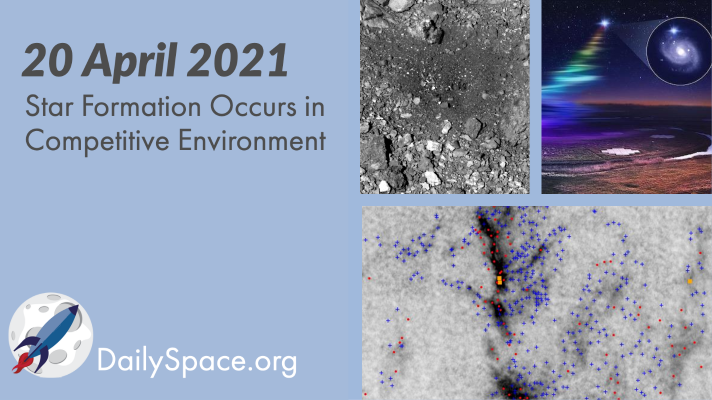
Apr 22, 2021 | Asteroids, Bennu Mapper, Climate Change, Daily Space, Earth, Fast Radio Bursts, Mars, Neutron Stars / Pulsars, OSIRIS-REx, Spacecraft, Star Forming Region, Stars, Supernovae
A survey of the stellar nursery in the Orion Nebula Cluster provides evidence that stars compete for material and their size depends on what they gather rather than their initial core size. Plus, NASA mission updates, fast radio bursts, neutron stars, visible novae, and mountain building in the Andes.
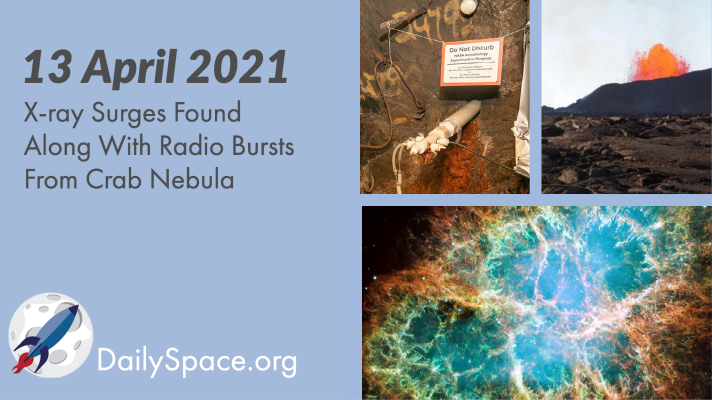
Apr 17, 2021 | Astrobiology, Daily Space, Earth, Exoplanets, Galaxies, Nebulae, Neutron Stars / Pulsars, Quasar, Spacecraft
Data analyzed from the NICER telescope aboard the ISS contains evidence of X-ray boosts accompanying radio burst detections, releasing more energy than expected as “giant radio pulses”. Plus, machine learning, intraterrestrial life, all the volcanoes, and updates on SN15 and Ingenuity.

Mar 1, 2021 | Daily Space, Earth, Galaxies, Mars, Moon, Neutron Stars / Pulsars, Perseverance, Sky Watching, Supernovae, Venus
Scientists have been looking for the reclusive neutron star expected to be at the center of supernova 1987A for over thirty years, and they may have finally found it in new images from the Chandra and NuSTAR observatories. Plus, a look at conflicting papers on the object that wiped out the dinosaurs, a roundup of news, and this week’s What’s Up.
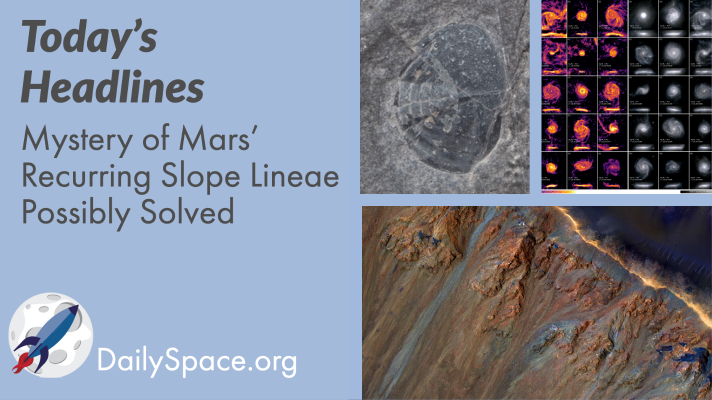
Feb 8, 2021 | Climate Change, Earth, Galaxies, Mars, Neutron Stars / Pulsars, Sky Watching, Stars
A new theory has been proposed that could answer the question of what causes recurring landslides on Mars: small-scale ice melting just below the surface may leave the regolith vulnerable to wind. Plus, a look at some of Earth’s ancient climate changes, a gamma-ray source, puffy galaxies, and this week’s What’s Up.
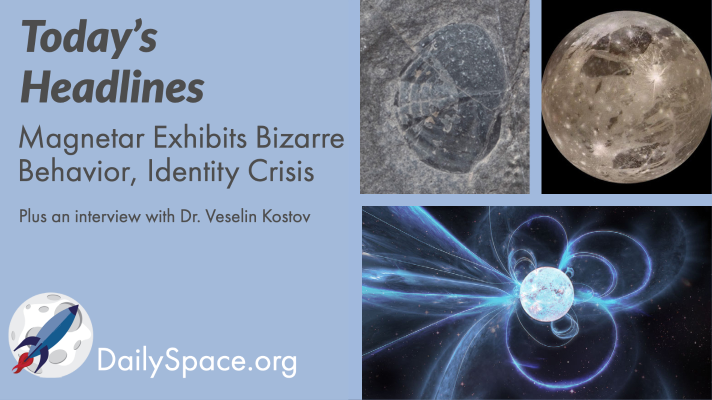
Feb 3, 2021 | Daily Space, Dark Matter, Galaxies, Guest Interview, JAXA, Jupiter, Mars, Neutron Stars / Pulsars, Stars
A radio-loud magnetar first observed in March 2020 suffered an apparent identity crisis, behaving like a pulsar until gradually settling into magnetar-like emissions in July. Plus, Mars’ moon Phobos, Jupiter’s moon Ganymede, and an interview with SETI Institute scientist Veselin Kostov about last week’s sextuple star system.
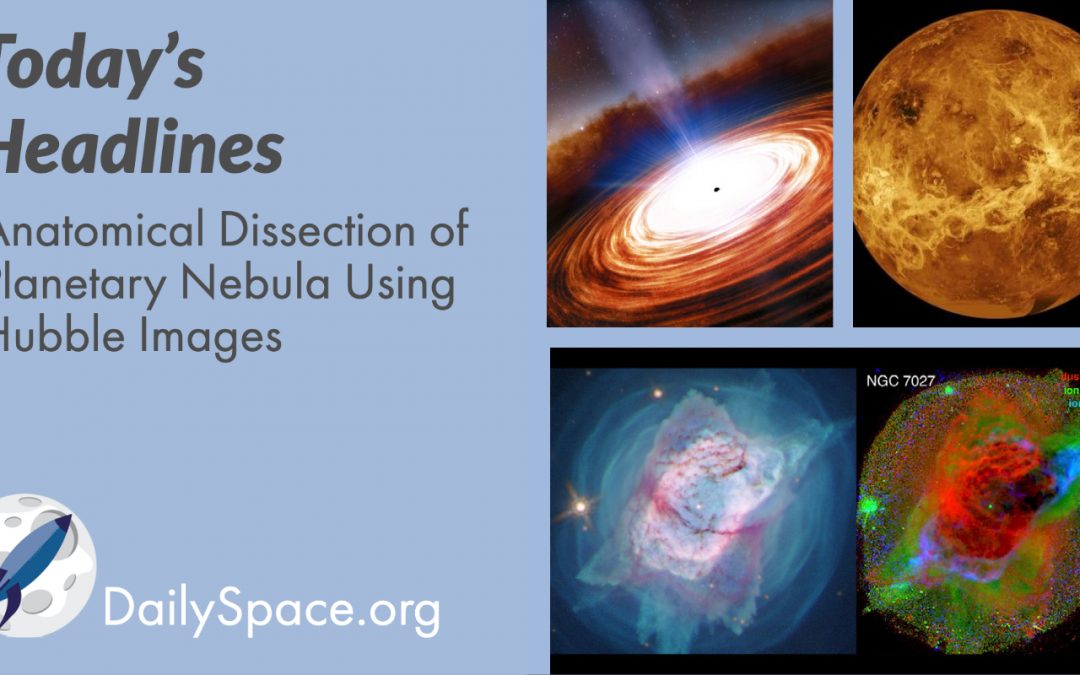
Jan 20, 2021 | Climate Change, Daily Space, Exoplanets, Galaxies, Guest Interview, Jupiter, Neutron Stars / Pulsars, Physics, Planetary Nebulae, Quasar, Supermassive Black Holes, Venus
Our coverage of last week’s AAS meeting continues with new work on the formation of planetary nebula based on Hubble Space Telescope images. Plus, a massive quasar in the early universe, water ice on Ganymede, a super-puff planet, and plans for taking spectra of Venus’ surface, featuring our guest, PSI scientist Dr. Darby Dyer.








 We record most shows live, on Twitch. Follow us today to get alerts when we go live.
We record most shows live, on Twitch. Follow us today to get alerts when we go live.